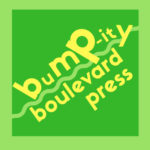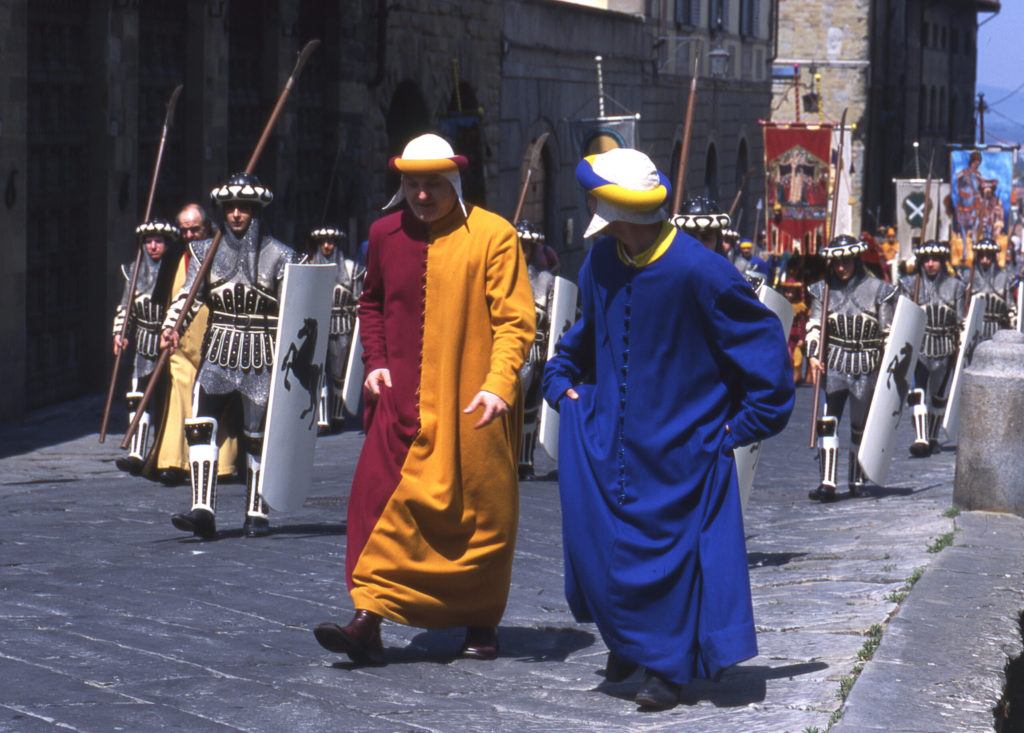
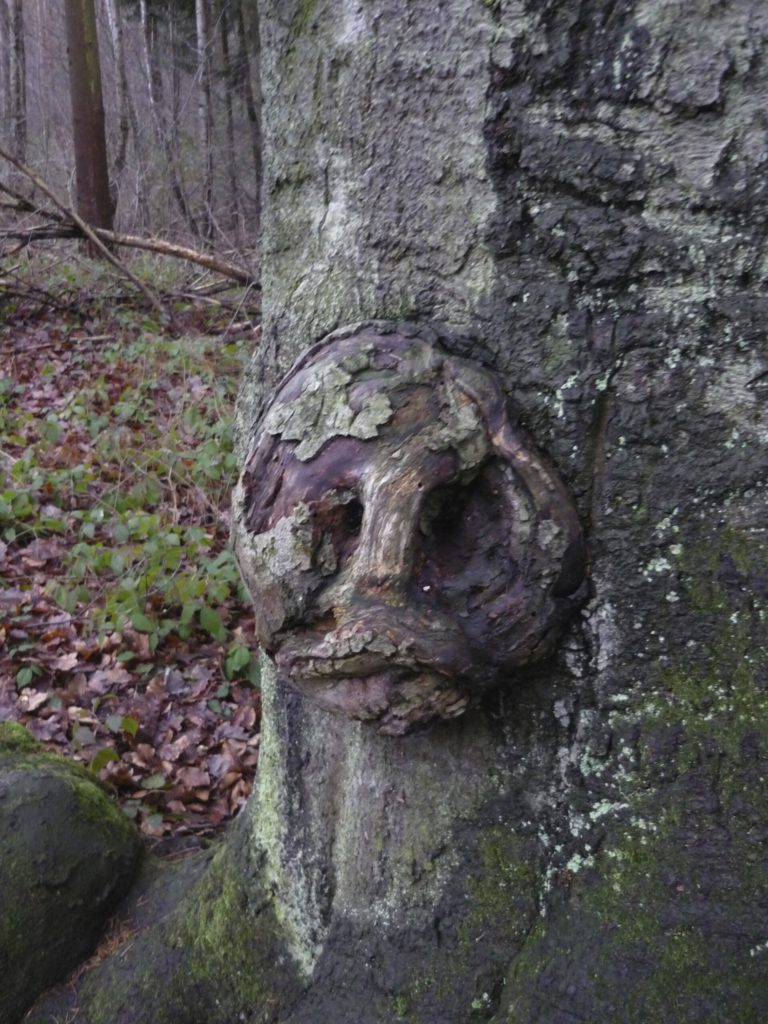
1000-year-old things are everywhere in our world
1000 year old books, buildings, and forests helped me imagine the world at the time of Guido of Arezzo. This collection of images and books brought history alive for me. Maybe you will find something you like. 🙂
Learn more about The Wounded Book or get a free and fun guide for the kids about the medieval world (PDF).
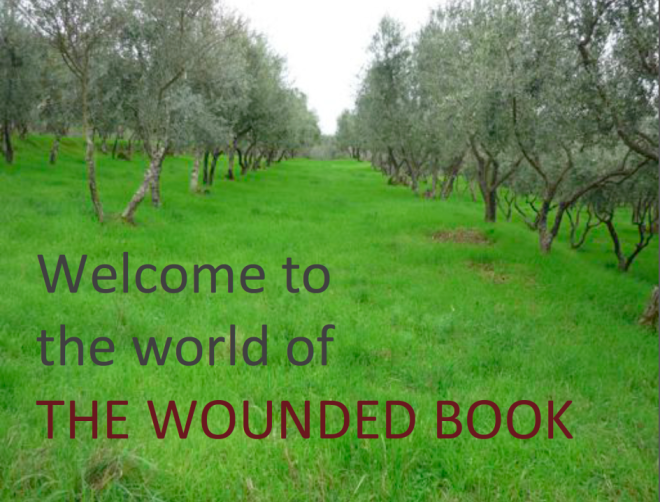
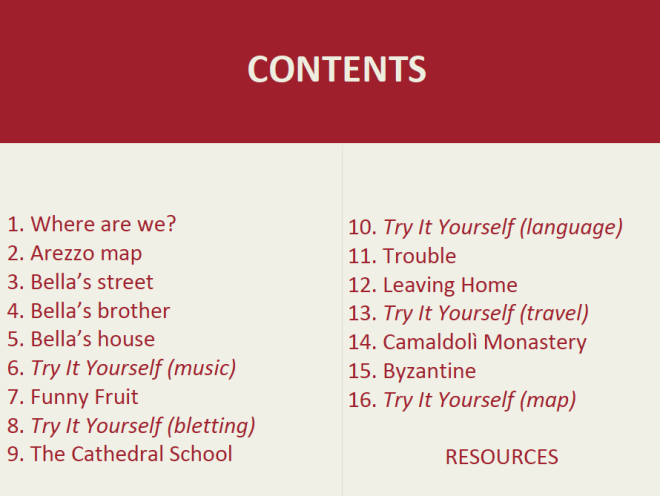
Resources for Further Reading about the Middle Ages
Ash, John. A Byzantine Journey. New York: Random House, 1995, 330 pgs. This non-historian, as he describes himself, visits Anatolia, the broader kingdom of Byzantium outside of Constantinople. I wish there were more photos. He describes everyday life as it is now and remarks upon Byzantine remnants that were still visible. Lots of description of Cappadocia, Nicaea (now called Iznik). A useful book for imagining.
Bartlett, Robert. (Ed.) Medieval Panorama. Los Angeles: The J. Paul Getty Museum, London: Thames & Hudson Ld, 2001, 336 pgs. Great pictures, reference section in back includes biographical dictionary, timelines, gazetteer, maps, glossary, bibliography.
Berger, Anna Maria Busse. Medieval Music and the Art of Memory. Berkeley and Los Angeles, California: University of California Press, 2005, 288 pgs. The picture on the cover shows a girl playing a very long instrument and sitting on a medieval folding chair. The audience is leaning forward in a body to hear her. The book has tools that medieval musicians used to memorize music (tonaries, treatises etc.) and discusses how medieval music was composed. Guido d’Arezzo is mentioned 48, 66-67, 70, 94, Epistola de ignoto cantu 86, 90; Micrologus, 88, 91, 99, 103; Prologue to Antiphoner, 73-74, 83,99; Regule rithmice 74, 99-100.
Canby, Courtlandt. A History of Ships and Seafaring. Vol . 2. New York: Hawthorn Books, Inc.1963, 119 pgs. Clear line drawings of ships from all eras.
Cantor, Norman F. The Medieval Reader: First-hand accounts of the Middle Ages, including letters, essays, state and church documents, poetry and ballads. New York: HarperCollins, 1994, 368 pgs.
Caselli, Giovanni. The Everyday Life of A Medieval Monk. New York: Peter Bedrick Books, MacDonald & Co. (Publishers) Ltd. 1986, 30 pgs. Children’s picture book.
Casson, Lionel. Illustrated History of Ships & Boats. Garden City, New York: Doubleday & Company, Inc. 1964, 271 pgs. Good reproductions of historical models and art showing boats in Bella’s era. Also useful discussion.
Cattin, Giulio. Music of the Middle Ages I. Transl. Botterill, Steven. Cambridge: Cambridge University Press, 1984, 246 pgs. See especially translation of Guido’s letter to Brother Michael (Epistola de ignoto cantu) on pgs. 175-179, and other references in index.
Cosman, Madeleine Pelner. Fabulous Feasts: Medieval Cookery and Ceremony. New York: George Braziller, Inc., 1976, 224 pgs. This is a great book with lots of pictures and recipes, written by a medievalist, from what I can tell. The language feels very real and confident.
Dersin, Denise, Ed. What Life Was Like Amid Splendor and Intrigue: Byzantine Empire AD 330-1453. Alexandria,VA: Time-Life Books, 1998, 144 pgs. Picture book with a story-telling style of history.
Duby, Georges, Ed. (Goldhammer, Arthur, trans.) A History of Private Life: Revelations of the Medieval World. Vol. II. Cambridge, MA: The Belknap Press of Harvard University Press, 1988, 650 pgs. Note: Volume 1 may have more relevant material. Volume 2 has some info about eleventh century but most of the focus is on later medieval period.
Evans, G.R. Faith in the Medieval World. Downers Grove, IL: InterVarsity Press, 2002. With permission from Lion Publishing. 160 pgs.
Gamble, William. Musical Engraving and Printing: Historical and Technical Treatise.
Galloway, Priscilla. Archers, Alchemists and 98 Other Medieval Jobs You Might Have Loved or Loathed. Toronto: Annick Press Ltd., 2003, 96 pages. Entertaining picture book career-advice.
Garrett, Wilbur E. et al. “The Historic Mediterranean 800 B.C. to A.D. 1500”. National Geographic Magazine. December, 1982. This map shows the ancient roads during this time period.
Grierson, Philip. Byzantine Coinage. Washington, D.C.: Dumbarton Oaks Research Library and Collection, 1999, 68 pgs. Black and white images of coins and useful description of the three major types in Byzantium during Bella’s era.
Harper, John. The Forms and Orders of Western Liturgy from the Tenth to the Eighteenth Century: A Historical Introduction and Guide for Students and Musicians. Oxford:Clarendon Press, 1991, 337 pgs. This book has useful diagrams showing the canonical hours compared to sunrise, sunset etc. and the seasons compared to the liturgical seasons of the year. It also explains where people stood and what they could hear of each part of the service. Brief mention of Byzantium. Focus is on Western church.
Harris, Jonathan. Constantinople: Capital of Byzantium. New York: Continuum US, 2007, 289 pgs. Nice sketched maps in the front showing Constantinople over a period of centuries.
Henisch, Bridget Ann. Fast and Feast: Food in Medieval Society. University Park: The Pennsylvania State University Press, 1976, 279 pgs. More text than Cosman’s book on medieval feasts. Also written by a medievalist.
Herrin, Judith. Byzantium: The Surprising Life of a Medieval Empire. Princeton, NJ: Princeton University Press, 2007, 391 pgs. Lovely frontispiece wood-cut of Constantinople, but I don’t find the source. This book has great analysis of Byzantine history. It’s probably the most useful and authoritative book I’ve found.
Hill, Jonathan. The History of Christian Thought: the fascinating story of the great Christian thinkers and how they helped shape the world as we know it today. Downers Grove, Illinois: IVP Academic, an imprint of InterVarsity Press., 2003, 352 pages. Useful explanation of “schism”.
Holland, Tom. Millennium. London: Abacus, an imprint of Little, Brown Book Group, 2008, 476 pages. A very readable and absorbing survey of Europe and Byzantium around the year 1000 A.D. I read it from cover-to-cover.
Holmes, George. The Oxford Illustrated History of Medieval Europe. Oxford: Oxford University Press, 2001 (re-issued), 398 pgs.
Jeffreys, Elizabeth; Haldon, John; Cormack, Robin. (Eds.) The Oxford Handbook of Byzantine Studies. Oxford:Oxford University Press, 2008,1021 pgs. Great reference book—very convenient if you don’t want to hunt down individual papers. Timothy Miller’s chapter III.11.6 on “Charitable Institutions” I think there are some translations and explanations from the byzantine Book of Ceremonies in here. Dishes are in “Everyday Technologies” also chapters on hierarchies and relationships, shipping, etc. Accessible.
Lacey, Robert, and Danny Danziger. The Year 1000: What Life was Like at the Turn of the First Millennium: An Englishman’s world. New York: Little, Brown and Company, 1999, 230 pgs. Thanks to Eric Jager, the historian at the Festival of Faith & Writing who recommended it. Nice calendar of the typical activities of the year by month. Good source for daily life.
Lane, Frederic C. Venice: A Maritime Republic. Baltimore: The Johns Hopkins University Press, 1973, 505 pgs. Good overview book with drawings and sweeping explanations including Venice’s role in the Mediterranean. This appears to be one of the classic texts on this region.
Le Bas, Tom, Ed. Great River Cruises: Europe & the Nile. London: Insight Guides, 2006, 368 pgs. Useful small map of the Po River, photographs and descriptions of places you can reach by river boat in Europe.
Lindsay, James E. Daily Life in The Medieval Islamic World. Greenwood Press: Westport, CT, 2005, 299 pgs. Maybe more useful for THE COPPER COIN than for THE WOUNDED BOOK.
Littlewood, Antony; Maguire, Henry; Wolschke-Bulmahn, Joachim, Eds. Byzantine Garden Culture. Washington, D.C.: Dumbarton Oaks Research Library and Collection, 2002, 260 pgs. The article, “Wild Animals in the Byzantine Park” by Nancy P. Sevcenko [accents over the S and c that I can’t reproduce] mentions peacocks, among other exotic birds and animals.
Maguire, Henry. The Icons of Their Bodies: Saints and Their Images in Byzantium. Princeton, NJ: Princeton University Press, 1996, 222 pgs. Black and white photographs. Pg. 198 shows the “Minor Sakkos” of the Metropolitan Photios. I think he came before Bella’s timeframe.
Maguire, Nancy Klein. An Infinity of Little Hours: Five young men and their trial of faith in the western world’s most austere monastic order. New York: Public Affairs (a member of Perseus Books Group), 258 pgs. Note: Horarium (monastery schedule) and glossary are useful, also photos, and feelings of novice monks.
Mango, Cyril. The Art of the Byzantine Empire 312-1453. Toronto, Ontario: University of Toronto Press, Medieval Academy of America, 1986, 272 pgs. Chapter 6: The Middle Byzantine Period (843-1204) is the most relevant by time period. This book collects original texts describing landmarks and translates them. Since the descriptions of the architectural wonders were written by people wanting to please their sponsors, the descriptions are very positive. Hagia Sophia as of 562-563 AD, after the rebuilding, is described on pg. 79; The Church of the Virgin of the Pharos [lighthouse] on pg. 185; the mosaic of the Virgin in the Hagia Sophia is described on pg. 187.
Mayor, Adrienne. Greek Fire, Poison Arrows, and Scorpion Bombs: Biological and Chemical Warfare in the Ancient World. Woodstock, NY: Overlook Duckworth, 2003, 319 pgs.
This book quotes military historian Alex Roland “even jumping into the sea failed to quench the flames”. Lots of crazy war weapons even back then. People must love to destroy each other. Also mentions storing naptha in Byzantine churches.
McAleavy, Tony. Life in a Medieval Abbey. New York: Enchanted Lion Books, 1998, 64 pgs. Non-fiction picture book with detailed information.
McLachlan, Sean. Byzantium: An Illustrated History. New York: Hippocrene Books, Inc., 2004, 254 pgs. Drawing of Hagia Sophia without minarets, pg. 162. Gazetteer of Byzantine places to see.
Meyendorff, John. The Byzantine Legacy in the Orthodox Church. Crestwood, New York: St. Vladimir’s Seminary Press, 1982, 268 pgs.
Meyendorff, John. Byzantine Theology: Historical Trends and Doctrinal Themes. New York: Fordham University Press, 1979, 243 pgs.
Miller, Timothy S. The Orphans of Byzantium: Child welfare in the Christian Empire. Washington D.C.: The Catholic University of America Press, 2003, 340. Recurring theme is the importance of caring for widows and orphans in a Christian society. Constantinople was taking on the characteristics of the New Jerusalem in this way. The Orphanotrophieon was the leading charitable institution in Constantinople. Case studies, guardian practices and laws are covered. John the Thief shows up in here.
Newman, Paul B. Daily Life in the Middle Ages. Jefferson, North Carolina and London: McFarland & Company, Inc., Publishers, 2001, 291 pgs.
Newman, Paul B. Travel and Trade in the Middle Ages. McFarland & Company, Inc., Publishers: Jefferson, North Carolina. 2011. 241 pgs. Nice summary information about ships, crews, how food and sanitation was handled, navigation, land travel.
Orme, Nicholas. Medieval Schools: From Roman Britain to Renaissance England. New Haven: Yale University Press, 2006, 430 pgs.
Palisca, Claude V. (Ed). Hucbald, Guido, and John on Music: Three Medieval Treatises. Warren Babb (Translator). New Haven: Yale University Press, 1978. 211 pgs. Translations of Guido of Arezzo’s work as a teacher of music. It is interesting to look at the diagrams even though the music theory is too complex for me. A sense of what Guido was like as a teacher still comes through.
Piggot, Stuart. Wagon, Chariot and Carriage: Symbol and status in the history of transport. New York, NY:Thames and Hudson, Ltd., 1992, 184 pgs. This book told about fixed -width wagon ruts requiring wagon axles to be a certain width in order to fit on the road. Photograph of the Luttrell Psalter AD 1320 showing a Pleasure carriage with noble ladies. It looks like a conestoga wagon with windows cut into it and chains front and back to keep you from falling out. A horse (with mounted person + lance) pulls the whole thing between very long wooden poles. Pages 138 and 139 explain tilt-carts (2-wheeled biga or careta) (4-wheeled carrus or currus that are ‘showy household conveyances’.) Note for classroom use: Not always G-rated.
Pounds, Norman. The Medieval City. Westport, CT: Greenwood Press, 2005. 233 pgs.
Rautman, Marcus. Daily Life in the Byzantine Empire. Westport, CT: Greenwood Press, 2006. 342 pgs.
Reston, James, Jr. The Last Apocalypse: Europe at the Year 1000 A.D. New York: Doubleday, 1998, 299 pgs. Nice, hand-drawn maps in front matter. Based on legends and stories of the period.
Riddle, John M. A History of the Middle Ages 300-1500. Lanham: Rowman & Littlefield Publishers, Inc, 2008. 509 pgs. Nice overviews of certain time periods.
Singman, Jeffrey L. Daily Life in Medieval Europe. Westport, CT: Greenwood Press, 1999. 268 pgs.
Southern, R.W. The Making of the Middle Ages. London: The Folio Society, 1998. 284 pages.
Note: this is volume 2 of a 3-volume set. First published in 1953.
Stott, John R.W. What Christ Thinks of the Church. 2nd ed. Downers Grove, Ill: InterVarsity Press, 1972, 128 pgs. Explanation of the first four chapters of the Book of Revelation as a description of the ideal church.
Strunk, W. Oliver. Source readings in music history from classical antiquity through the romantic era. New York: Norton, 1950, pgs. Translations of Guido’s Epistola and the Prologue to his antiphoner. Very helpful for Guido’s voice. There is also a chapter about Odo of Cluny.
Thompson, Michael. The Medieval Hall: The basis of secular domestic life, 600-1600 AD. Hants, England: SCOLAR PRESS, Gower House, Croft Road, Aldershot, Hants GU11 3HR, 1995, 212 pgs. Most examples relate to England. No windows in the examples of halls that they show in the earlier periods. He says that people didn’t generally cook in halls or sleep in them. Guests could sleep in the aisles made by the arcades and people could assemble there.
Umiker-Sebeok, Jean and Thomas A. Sebeok. Monastic Sign Languages. Berlin: Mouton de Gruyter, 1987, 618 pgs. This collection includes studies about monastic sign languages in French, English, Latin and possibly Spanish and Portuguese. It contains a photo dictionary of Cistercian Sign Language—some signs are modern: “typewriter” and an explanation of grammar. It also mentions two “Anglo-Saxon” sign systems and an article (French language) about the Trappists’ sign language. Bernard of Cluny’s De Notitia Signorum is included, but not translated into English.
Verdon, Jean. George Holoch, transl. Travel in the Middle Ages. Notre Dame, IN: University of Notre Dame Press, 2002, 235 pgs. Has great
information and a few too many French in-jokes that I missed. Sometimes he seems to contradict himself but I think some is lost in translation or in culture, e.g. what he thinks is interesting and why.
Verdon, Jean. George Holoch, transl. Night in the Middle Ages. Notre Dame, IN: University of Notre Dame Press, 2003, 348 pgs. More by the same author with the theme of night rather than travel.
Vipond, Anne. Mediterranean By Cruise Ship: The complete guide to mediterranean cruising Portugal, Spain, France, Italy, Croatia, Greece, Turkey, Malta. 4th ed. Pt. Roberts, WA: Ocean Cruise Guides Ltd, 2007, 368 pgs. Lots of pictures. A port by port guide of Mediterranean cruises. Pull-out map.
Wells, Colin. Sailing from Byzantium: How a Lost Empire Shaped the World. New York: Delacorte Press, 2006, 335 pgs.
Whitesides, Barbara. Sugar Comes From Arabic: A beginner’s guide to Arabic letters and words. Northampton, MA: Interlink Books, An imprint of Interlink Publishing Group, Inc., 2009, 133 pgs. A great, friendly, cheerful book about writing in Arabic script with lots of pictures about the culture.
©Laurel Decher, 2021.

